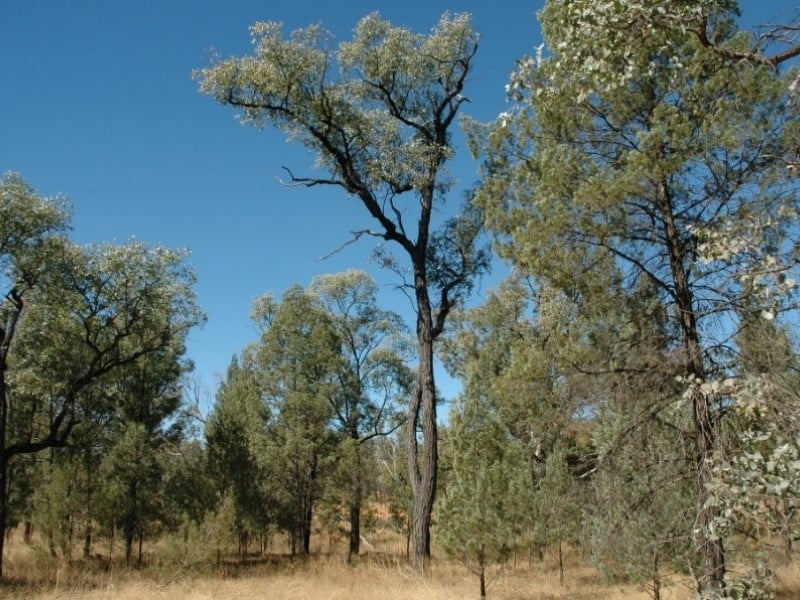CSIRO has recommended establishing a carbon sequestration technology steering group at the cost of up to $5 million to consult on and advise the government on investments and policy settings.
The recommendation was made in a ‘stock take’ report which assessed the technology readiness, scalability, co-benefits, cost, and sequestration length of storage for twelve technologies.
A steering group “made up of representatives from industry, government, universities, and research agencies” would scope and cost the development of sequestration technologies, identify the optimal mix of technologies, develop a timeline for its deployment, guide investment, and design incentives, among other advisory and consultative responsibilities.

This “new national capability” would undertake an integrated modelling assessment approach and require a funding commitment of around $3 million to $5 million over 18-24 months, according to the report. A further “modest investment” would also be required to “ensure ongoing model development and improvement, including new technology implementation and changes in national and internal policy settings”.
The report states that Australia “has good opportunities to sequester carbon via a range of technologies” and that no single technology is sufficient to meet Australia’s emissions reduction targets. Instead, it recommends a ‘portfolio approach’ “combining the best set of technologies will be required”.
Co-lead author and CSIRO Towards Net Zero Mission Lead Michael Battaglia said the report brought together scientists working across nature-based and engineered sequestration technologies to identify “sequestration potential, barriers to uptake, and co-benefits”.
“We found that nature-based technologies such as permanent plantings, plantation and farm forestry, and soil carbon currently provide significant potential; as does Australia’s vast geological storage capacity,” Dr Battaglia said.
“Biochar, mineral carbonation and DAC also have significant sequestration potential but are associated with higher costs. Further research and development of these technologies is needed to bring down costs and increase national sequestration potential.”
CSIRO’s CarbonLock Future Science Platform lead Andrew Lenton added that “no single technology will get us there. An integrated optimised portfolio of technologies will be required”.
The report intended to “determine the technical and economic scale of [sequestration] technologies” to guide investment where the most significant emissions reduction impact is likely to be made. It only considers the feasible sequestration levels of each technology and not whether these would be realised given cost, land-use, water resources, and other trade-offs.
However, the report caveats that the estimates are speculative, particularly with regards to technologies that have yet to scale. Cost projections are estimated in dollars per tonne in 2050.
It estimates that at the current level of development direct air capture technologies would cost around $300-$600 per tonne of carbon dioxide. This is compared to around $5 per tonne for ‘human induced regeneration of native forest’, the cheapest form of sequestration, and $20-$30 per tonne for permanent plantings.
Despite the cost discrepancies, the report notes that direct air capture would have a 100 times lesser land footprint than equivalent sequestration compared to afforestation. Geological storage, using carbon and capture technologies, would cost around $14-35 per tonne and with a technically feasible sequestration rate of more than 50 tonnes per year.
The October federal budget included $141.1 million to support R&D targeting novel carbon capture, storage, and utilisation technologies.
The Climate Change Authority is currently developing an insights paper on carbon sequestration to advise the federal government on a 2035 emissions reduction target. It will host a webinar discussing the findings of the CSIRO report on Wednesday morning.
Do you know more? Contact James Riley via Email.

